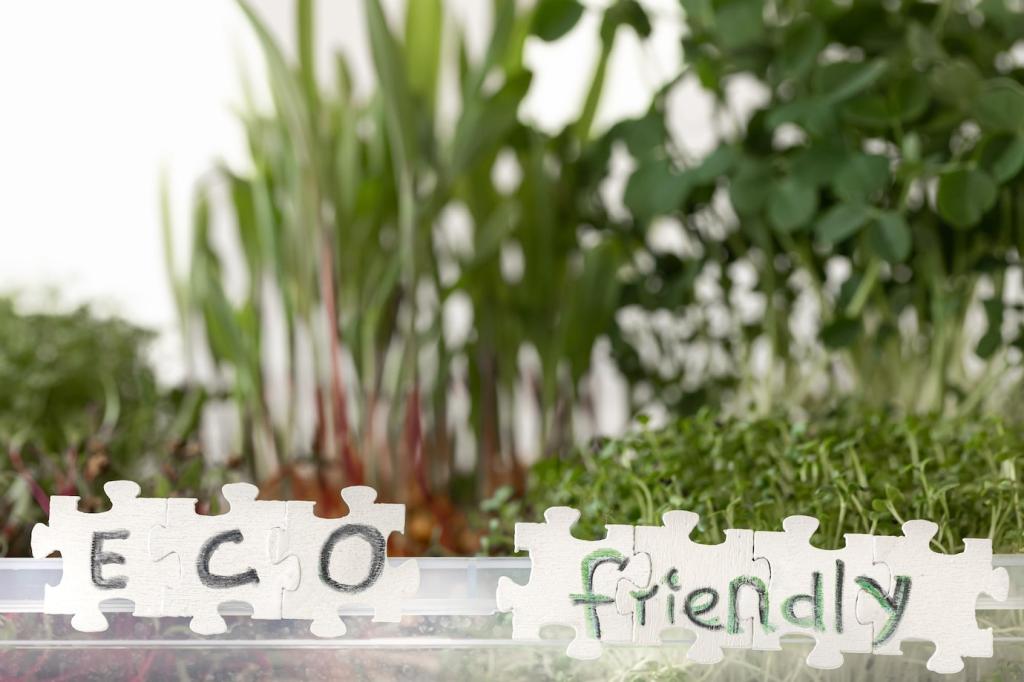Retrofit Realities: Working With Existing Walls
Small holes between studs let pros dense-pack cellulose into closed cavities. The material knits together, reducing convection currents, while careful patching preserves plaster textures that make older rooms feel undeniably authentic.
Retrofit Realities: Working With Existing Walls
Studs conduct heat like tiny radiators. Add continuous insulation where feasible and detail air barriers at outlets, rim joists, and top plates. These subtle tweaks transform comfort and tame whistling winter drafts.



